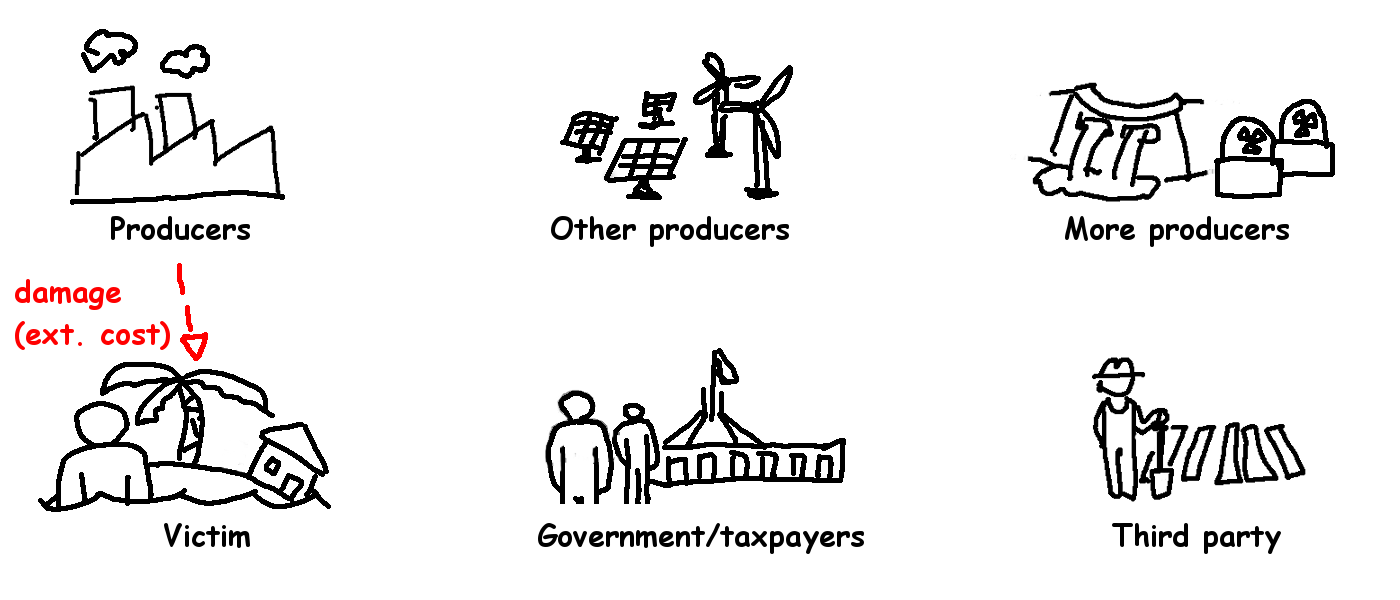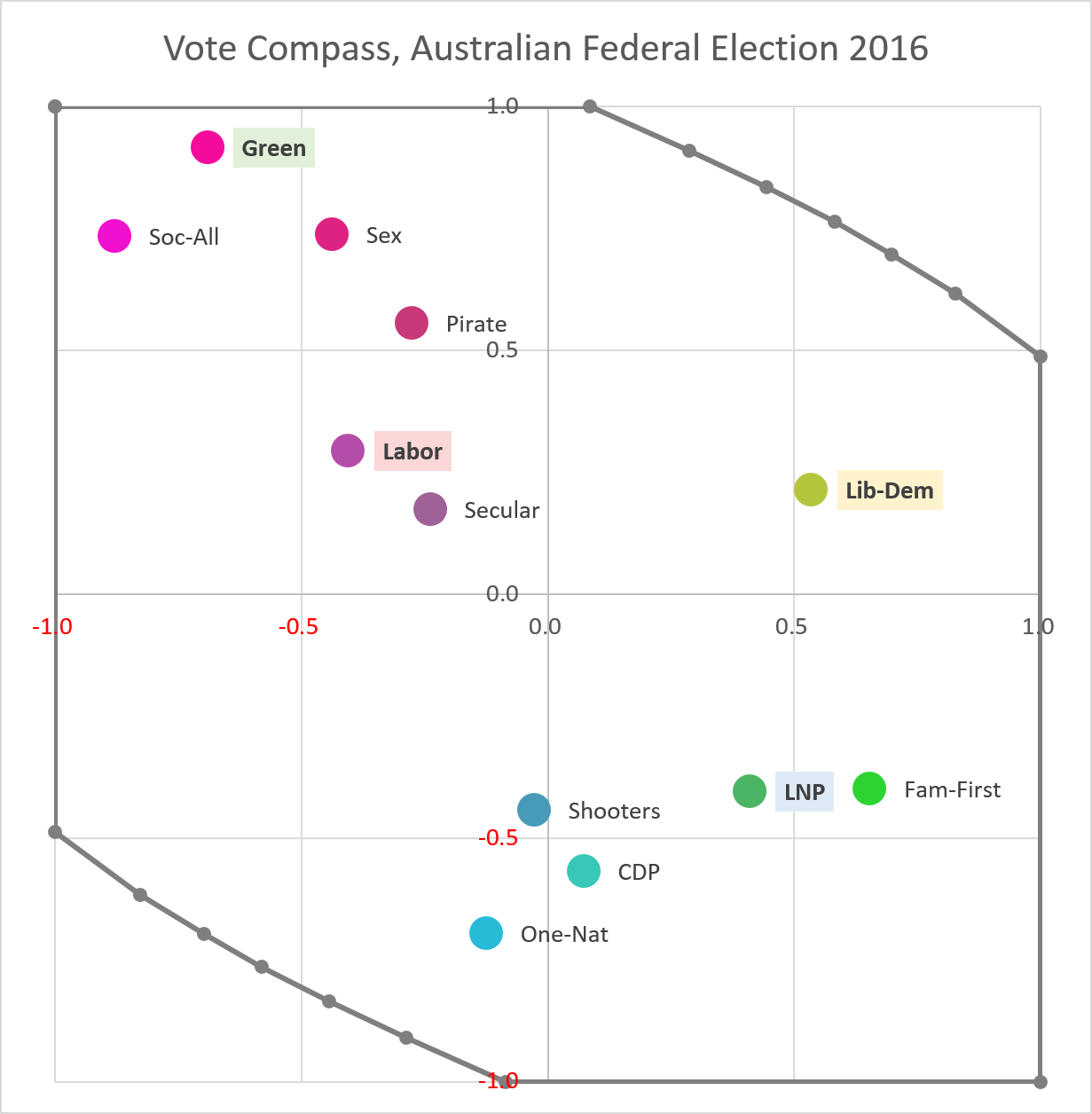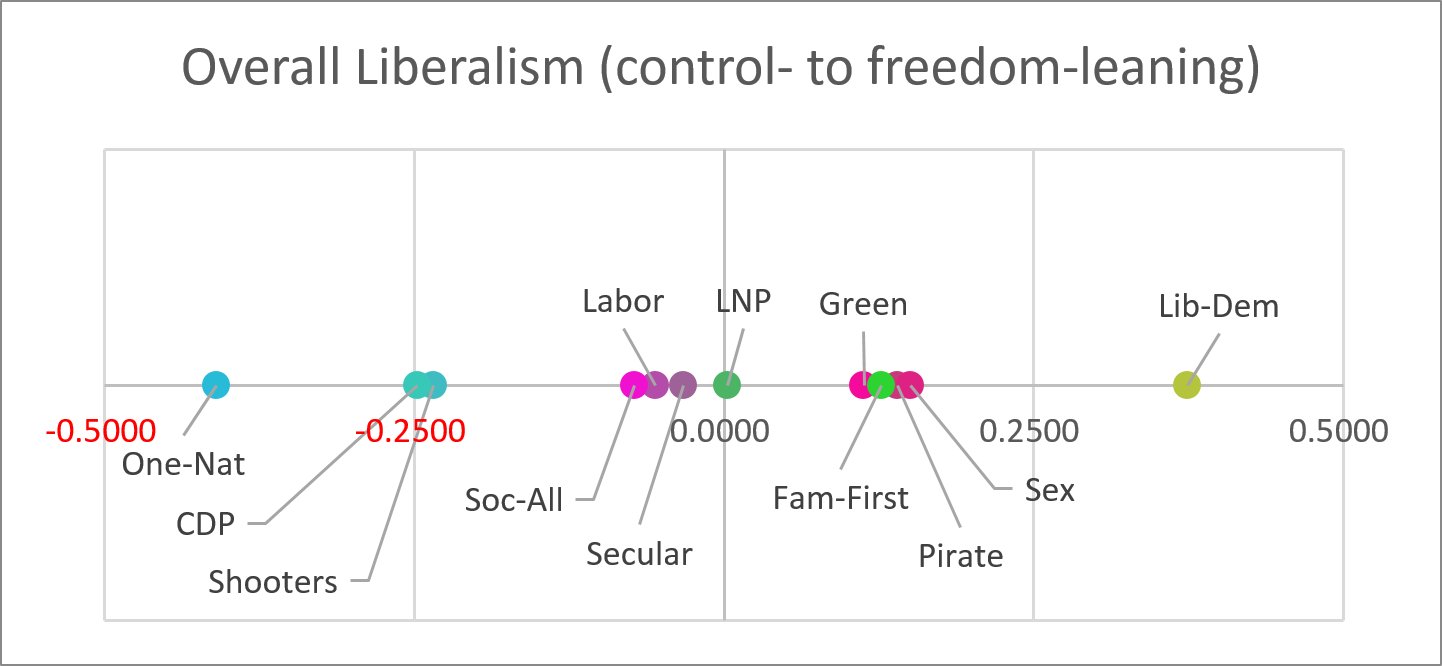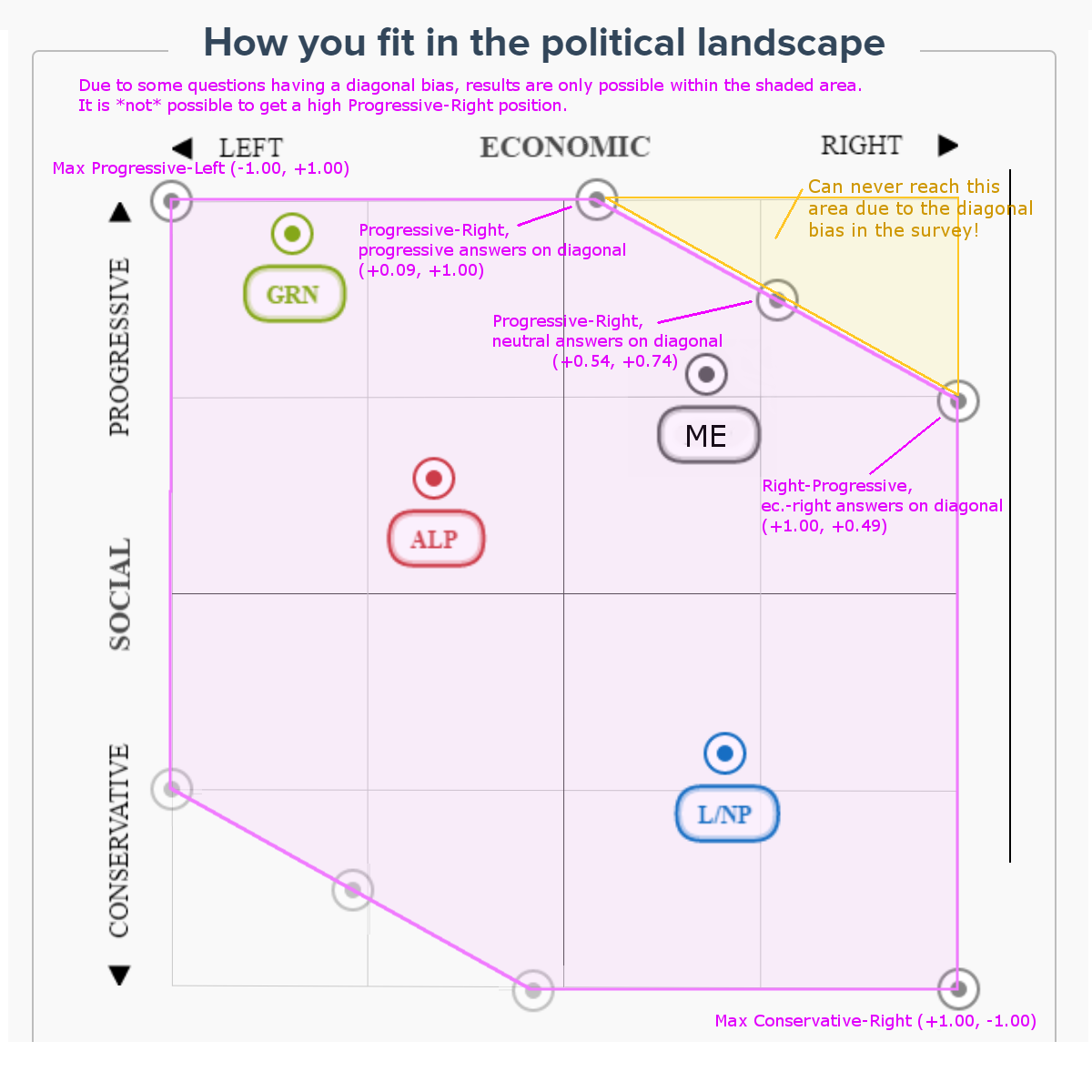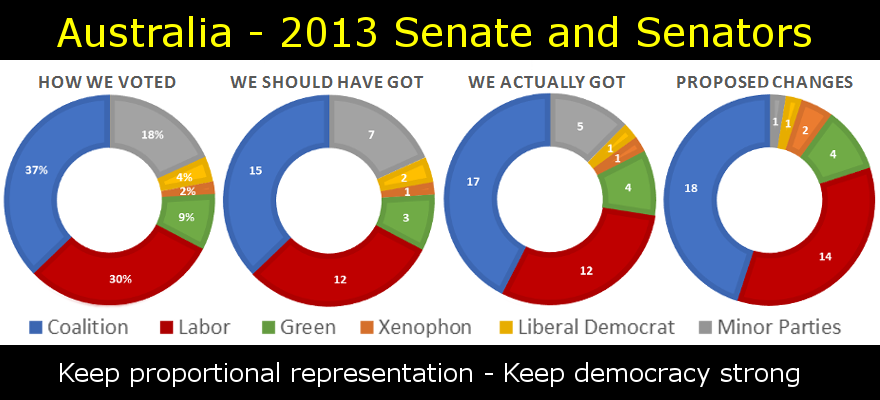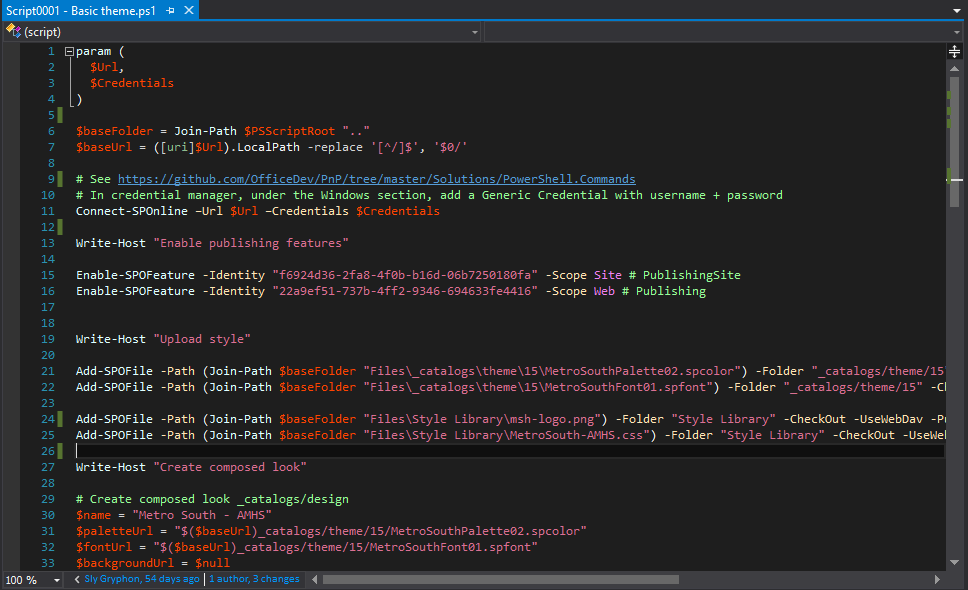So, I attended Agile Global/Knowledge Hut's Blockchain Conference in Brisbane today.
My highlight was Aleksander Svetski, both his scheduled talk on Money/Bitcoin and the fill in he did in the morning on Cryptoeconomics (one of the other speakers couldn't make it).
Some of the other talks I liked were Benjamin Hall's talk on payment modernisation, and Kristyn Hales' talk on regulation of capital raising via coins/tokens; Dr Adrian McCullagh's talk on smart contracts was also reasonably interesting.
But, it was Aleks' talk on the history of money and why money (aka Bitcoin) is blockchain's killer app, and projects to increase the network size/reach like Stashh that got me thinking 'but what are the use cases for Bitcoin right now?' -- should we start using it to buy our groceries, or is it only for criminals?
Some Bitcoin use cases
|
Scenario |
Bitcoin? |
Comments |
|
Buying groceries from the local shop or your morning cup of coffee |
Not really |
Right now, Australia has both stable fiat currency and extensive electronic payment options. Until we get to the point where we distrust the government, Bitcoin is not very useful for local shopping. |
|
Everyday shopping on the Internet |
Not really |
We have plenty of reliable third party payment, such as PayPal, Mastercard, VISA, and others. Maybe Bitcoin has enough advantage in lower transactions fees for larger purchases where customers are charged a transaction fee that it is worth it, but right now I don't think it is really needed by the majority of people. Note also that you need to have even greater trust in the merchant if paying by Bitcoin, as third party payment mechanisms can be reversed if the merchant never delivers, whereas Bitcoin, like cash, can't. |
|
Should merchants accept Bitcoin, even if there are few customers using it |
Why not, if it doesn't cost anything |
Online shops could probably benefit from being able to transparently accept payment via Bitcoin (especially if fees turn out lower), but there may be some fixed costs in supporting it as a payment alternative. High transaction fees have seen it dropped by some providers, but initiatives like TravelByBit are a good step. If the cost of providing the additional payment mechanism is close enough to zero, then having as many merchants as possible accept bitcoin, even if it is rarely used, is a good way to increase the network. |
|
Funding causes censored by the government, or purchase of illicit items |
Yes, useful |
This ranges from supporting causes like Wikileaks, where governments have put pressure on traditional transaction providers to deny them service, through to grey and black markets. Full disclosure: the political party I support has a policy of decriminalisation and legalisation [https://www.ldp.org.au/drug_reform] of currently illicit drugs; under the current laws a lot of the harm caused by drugs is a direct result of prohibition, and in this respect the availability of Bitcoin and black/grey markets actually reduces the damage done. |
|
The unbanked population |
Yes |
I agree with Aleks that this is potentially one of the biggest growth areas. Many of the world's poor, despite impoverishment, have leapfrogged straight to mobile Internet; in the absence of an available banking sector, Bitcoin has an opportunity to be *the* banking solution for these people. |
|
International travel |
Sure |
This is an interesting scenario -- rather than constant currency exchange (along with the inability to get rid of coins), Bitcoin at airports (such as TravelByBit) makes some sense -- although existing credit cards already work fine for that (even with high exchange costs). |
|
Large purchases |
Makes sense |
It is probably a bit uncomfortable to walk around with $30,000 cash (a car), or even $3,000 cash (a purebred puppy), and even if you have a credit card with a high enough limit the fees may be too high (and ma rgins too low) to be viable, especially if it is the sort of thing where you want to inspect and exchange on the spot (rather than do a bank transfer). The usual solution for these sorts of things is a bank cheque, but Bitcoin could remove the hassle of having to visit a physical bank, if the fees are low enough. Real time payment systems, such as PayID that just launched in Australia, may intrude in this space (depending on the fees). |
|
Settlement layer |
Yes |
Sure, but not really relevant to the average user. |
All up in the first world, there are some fairly narrow use cases where it makes sense, such as supporting censored causes or large purchases, unless you want to start risking illicit activity; the big case could be the unbanked.
For a list a bit more risque, see http://www.libertylifetrail.com/2016/04/04/the-top-use-cases-for-bitcoin/
Note that it explicitly excludes use cases that are clear violations of property rights or an initiation of violence; whilst Bitcoin, as a tool, could be used for such scenarios, they should not be considered valid.
Anyway, attending the conference has hopefully encouraged me to spend more time on doing learning and professional development in the Bitcoin/Blockchain space.


